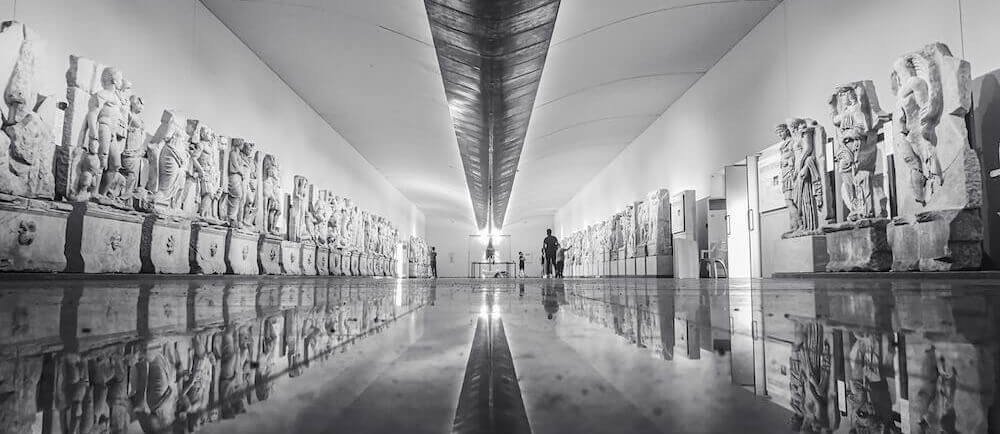Art Movements

Artists Names
Famous Artists
> Alfred Sisley
> Camille Pissarro
> Caravaggio
> Claude Monet
> Diego Velázquez
> Edgar Degas
> Édouard Manet
> Eugène Delacroix
> Francisco de Goya
> Henri de Toulouse-Lautrec
> Isaac Levitan
> Ivan Shishkin
> Jean Auguste Dominique Ingres
> Jean-Baptiste-Camille Corot
> John Singer Sargent
> John William Waterhouse
> Joseph Mallord William Turner
> Lawrence Alma-Tadema
> Leonardo da Vinci
> Michelangelo
> Paul Cézanne
> Paul Gauguin
> Peter Paul Rubens
> Pierre-Auguste Renoir
> Raphael Sanzio
> Rembrandt Van Rijn
> Vincent van Gogh
> William-Adolphe Bouguereau
Art Movment
>Abstract Expressionism
>Academic Classicism
>Aestheticsm
>Art Deco
>Art Nouveau
>Barbizon School
>Baroque Art
>Byzantine Art
>Cubism
>Expressionism
>Fauvism
>Hudson River School
>Impressionism
>Mannerism
>Gothic Art
>Modernism
>Nabis
>Neoclassicism
>Neo-Impressionism
>Orientalism
>Pointillism
>Pop Art
>Post Impressionism
>Pre-Raphaelites
>Primitivism
>Realism
>Renaissance
>Rococo
>Romanticism
>Suprematism
>Surrealism
>Symbolism
>Tonalism
>Victorian Classicism
Art movements refer to styles that emerge around a common philosophy or goal. Movements reflect the ideals of the period and provide context for genres, materials, and techniques in art. Some major Western art movements include:
•Renaissance (14th-17th century): Revived classical styles and interest in Humanism and Naturalism. Key artists include Leonardo da Vinci, Michelangelo, and Raphael. The Renaissance shaped enduring standards of beauty and mastery that art reproductions and replicas continue to honor.
•Impressionism (1860s-1880s): Depicted changing light and color through small brushstrokes. Key artists include Monet, Renoir, Degas, and Cassatt. Impressionist works remain widely reproduced, granting more access to their luminous and evocative style.
•Post-Impressionism (1880s-1900s): Continued interest in light and subjective experience. Key artists include Van Gogh, Gauguin, and Cézanne. The expressive and experimental styles of Post-Impressionism produce some of the most recognizable subjects for reproductions and replicas.
• Cubism (1900s-1910s): Pioneered by Picasso and Braque. Fractured subjects into abstracted forms. Cubism shaped modern aesthetics with its move away from the Renaissance perspective towards flattened, collage-like spaces. Cubist works are still widely reproduced and influential today.
• Surrealism (1920s-1930s): Blended reality and fantasy through bizarre juxtapositions. Key artists included Dali, Magritte, and Frida Kahlo. Surrealism explored the strange logic of dreams and the unconscious. Its striking and enigmatic works also remain popular subjects for reproductions and some replicas.
• Abstract Expressionism (1940s-1950s): Focused on spontaneous expression and the materiality of paint. Key artists included Pollock, De Kooning, and Rothko. This first major American avant-garde movement valued freedom of expression, experimentation, and monumental scales. Though more difficult to replicate, its influential works have spawned many imitations.
• Pop Art (1950s-1960s): Employed mass culture subjects and styles. Key artists included Warhol, Lichtenstein, and Hamilton. Pop Art co-opted and elevated common objects and icons of popular culture. Its easily recognizable subjects and styles sparked many reproductions that spread its subversive sensibility worldwide.
• Postmodernism (1970s-1990s): Questioned notions of originality and authorship. Included appropriation, conceptual, and installation art. Key artists are vast and global. This culturally reflective era both exploited and critiqued reproduction’s role in an image-saturated society. Its influential works and philosophies challenged concepts of skill, craft, and authenticity that shaped earlier avant-gardes.
• Contemporary Art (1990s-present): Encompasses a global multiplicity of styles. Including new media, public, and participatory art. Marked by the fusion of genres, the embrace of popular culture, globalization, and digital technologies. With its eclecticism and conceptualism, Contemporary art has a complex relationship with reproductions and replicas. Some works explore digital reproduction as a medium, while more traditional forms also persist and fuel an ongoing market for copies of instantly recognizable masterpieces that achieve popular and financial success.
Today, a massive industry produces reproductions and replicas of famous oil paintings to meet the demand for well-known masterpieces. High-quality reproductions and replicas render for display and study and also for collections.
While controversial, reproductions and replicas spread cultural heritage globally. They allow more people to appreciate artworks that would otherwise be inaccessible due to cost or location. For students and artists, they offer tools for learning technique and style. Some replicas even achieve new expressive power and authenticity through their craft.
In an age dominated by mass images, reproductions, and replicas remain important. Though lacking the original context, they continue to spread visions that defy all bounds of time and place – artworks that distill what one era chiefly sought yet still can lift each age beyond the limits of its peculiar goal. Copies convey that when better work eludes our grasp, some echo of origins art alone holds dear while yet aspiring to share visions once forged to let mortal hands make fast eternity’s most fleeting grace.
Here are some main art movments
>Abstract Expressionism
>Academic Classicism
>Aestheticsm
>Art Deco
>Art Nouveau
>Barbizon School
>Baroque Art
>Byzantine Art
>Cubism
>Expressionism
>Fauvism
>Hudson River School
>Impressionism
>Mannerism
>Gothic Art
>Modernism
>Nabis
>Neoclassicism
>Neo-Impressionism
>Orientalism
>Pointillism
>Pop Art
>Post Impressionism
>Pre-Raphaelites
>Primitivism
>Realism
>Renaissance
>Rococo
>Romanticism
>Suprematism
>Surrealism
>Symbolism
>Tonalism
>Victorian Classicism

